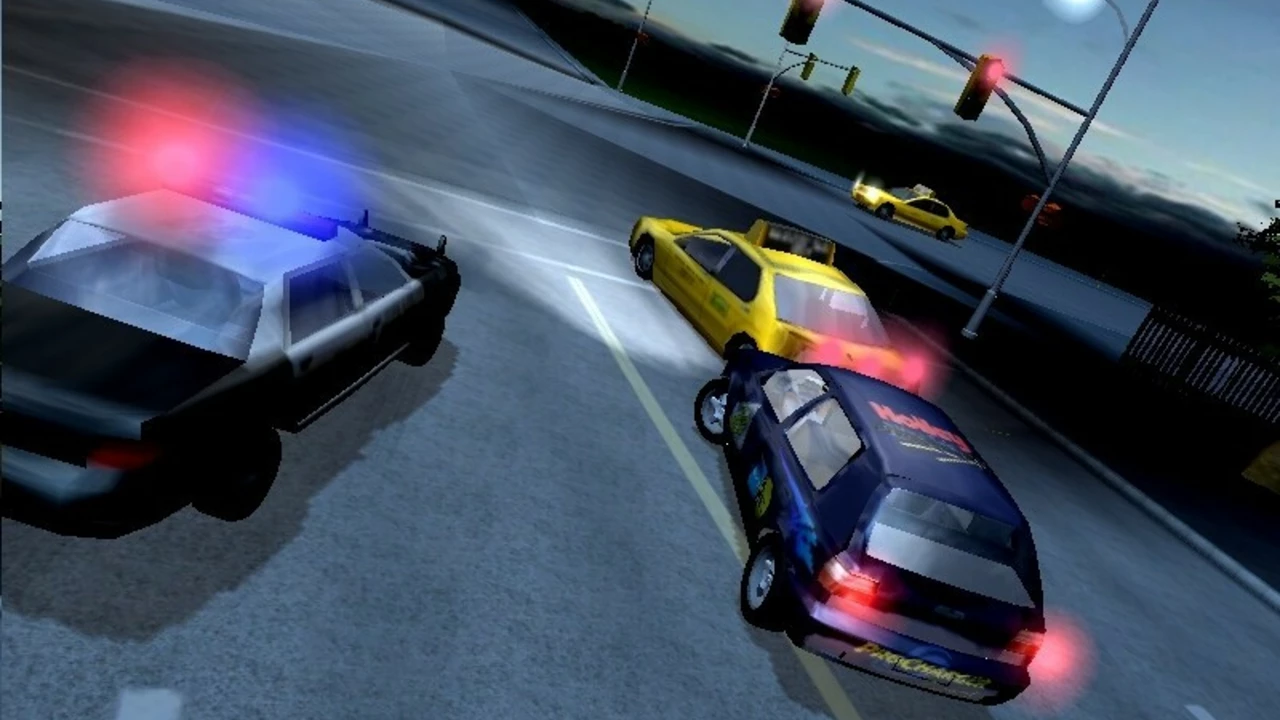Legal Street Racing: Answers, Alternatives, and Rules
Dreaming of a midnight run on empty city streets? Before you floor it, ask yourself: can you do it legally? The short answer is no. Even the coolest movie scenes don’t change the law. But you don’t have to quit the thrill. This guide explains why legal street racing isn’t a thing and shows you where to get the same rush without a ticket.
Why Legal Street Racing Doesn't Exist
Street racing takes place on public roads, which are meant for everyday traffic, not high‑speed competitions. State and local statutes define “reckless driving” and “unsafe operation,” and those laws cover any race that endangers other drivers, pedestrians, or property. If you’re caught, you face fines, license suspension, or even jail time. The police use radar, speed cameras, and eyewitness reports, so hiding is almost impossible.
Beyond the criminal side, insurance won’t cover a crash that happens during a race. Your policy can be voided, leaving you with huge out‑of‑pocket costs. Car manufacturers also void warranties if you misuse the vehicle in a way that’s illegal. All these factors make legal street racing a myth.
Legal Ways to Satisfy Your Need for Speed
Want the same adrenaline without the risk? Drag strips and organized track days are the answer. Drag strips are built for short, straight‑line runs. You pay a fee, get a safe surface, and can push your car to its limits under supervision. Many tracks also host “run‑what‑you‑brung” nights where you bring any street‑legal car and compete against similar rides.
Track days take it a step further. You rent a circuit for a few hours, get a briefing on track rules, and then you’re free to explore corners, braking zones, and high‑speed sections. Instructors are often on hand to give feedback, turning the experience into a learning session as well as a thrill.Both options require a safety helmet, proper tires, and a vehicle that meets the venue’s technical standards. Some tracks even offer insurance for participants, so you’re covered if something goes wrong.
If you’re not ready for a full‑day event, consider autocross. This is a timed sprint through a tight, cone‑lined course set up in a parking lot. It’s low‑speed enough to be safe but still tests your car’s handling. Most clubs charge a modest entry fee and welcome all skill levels.
Beyond organized events, many cities have clubs that arrange “legal street meets.” These are not races but group drives on quiet streets with designated routes and speed limits. They foster community, let you show off your car, and keep everyone out of trouble.
Before you sign up for any event, check the venue’s rules, your car’s condition, and your own skill level. A quick inspection of brakes, tires, and fluids can prevent a mishap. And always wear proper safety gear—helmet, gloves, and fire‑resistant clothing if you’re on a track.
Bottom line: you can’t legally race on public roads, but the motorsport world offers plenty of safe, sanctioned ways to feed your passion. Pick a strip, a track, or an autocross club, and enjoy the rush without the legal fallout.
Can I pursue legal street racing?
Alright, folks! Time to hit the pedal and zoom into the world of street racing. But, can we do it legally? Buckle up, because the answer might leave tire marks on your brain! Sadly, even though Paul Walker made it look super cool in Fast and Furious, legal street racing isn't really a thing. But don't get your gears grinding just yet, there are many legal alternatives like drag strips and track days to get your adrenaline pumping!
Read More